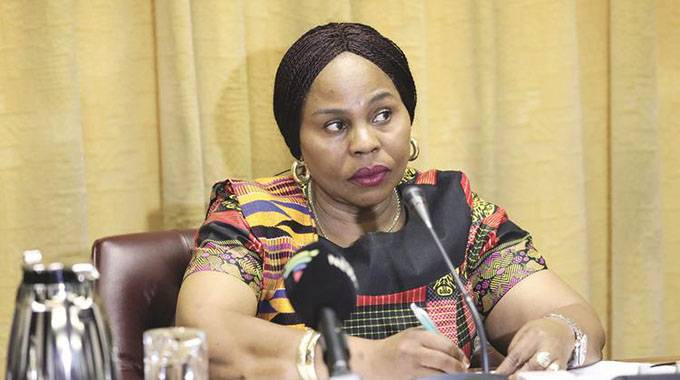‘Improve yield per hectare not land size under maize’
Zimbabwe has seen a significant improvement in grain harvest over the past seasons, but analysts and agrarians have argued that the country does not need to increase hectarage, but improve yields and still achieve a bumper harvest.
Yield, which in the case of maize, refers to the amount of the grain, in tonnes, produced in a normal hectare and that gives a more useful picture of how efficient the production is.
There is no doubt that agriculture is the bedrock of Zimbabwe’s livelihood with more than 70 percent of the population of 15,6 million directly or indirectly dependent on the sector.
Dr Rob Kelly, the founder and former chief executive of Agriseeds, who is now a director with ZimbaSeeds, says the country needs only 460 000 hectares at a yield of five tonnes per hectare in order to feed this nation.
According to Dr Kelly output figures, such as Zimbabwe’s 2,7 million tonnes of maize from the 2020/21 season, do not tell the full story.
“The issue is on the ratio of land under maize and the yield achieved on that particular land.”
Data shows that we have historically lagged behind our regional peers in terms of yield, a factor which predates our land redistribution programme. This, therefore, cements the calls by experts that we need no more land but increase yield.
Agronomist Anderson Magura said; “Increasing maize yield levels per unit area is the major driver as far as achieving food surplus is concerned in Zimbabwe. Improving maize productivity has immense benefits to the farmer and the nation at large.
“Producing more for less in terms of fewer resources that are variable costs and less land area, has positive implications on enterprise profitability and sustainability giving the economy more disposable income.”
Agricultural and Rural Development Authority (ARDA) has 88 000 hectares in its estates but it uses 20 percent of the land effectively and across crops as well. If ARDA uses its land efficiently, it will lessen the burden on the need for a command agriculture
subsidy.
Last year, ARDA chief executive officer, Tinotenda Mhiko said; “For the 2021-2022 summer season we established 11 713 hectares of summer crops which is a 95 percent jump compared to the previous season where we had 6 000 hectares.
“This is split across maize, sunflower, and traditional grains. Seventy percent was established by ARDA managed irrigation schemes.”
Sources close to the CBZ Agro-yield programme, said the programme was seeing a 30 percent recovery rate and this is a result of low deliveries by farmers to the Grain Marketing Board (GMB).
“The country already has the land but we are not utilising it, there is no need to plant one million hectares of maize when the yield is at 1,5 tonnes per hectare,” Dr Kelly said.
Tafadzwa Chimuti, a researcher, says that the “tractorisation” of agriculture has largely focused on middle-scale farmers, but the needs of smallholder farmers are different.
With limited collateral to support a tractor loan application and a high cost of borrowing, smallholders have to resort to finding cheaper alternatives like seasonal tractor loans.
Chimuti argues that high-powered tractors are not the only solution to improved productivity for this class of farmer.
“I think there is a need to combine tractorisation and irrigation, and if you do that you will then be able to address problems like water supply and to infuse two-wheel tractors that are able to till smaller lands that are available and affordable to many smallholder farmers,” he says.
The specialists and agronomists agreed that the country needs less land and more yields per hectare and shift to use the land for other uses such as horticulture.
The ministry of Agriculture has embraced the idea as its officials have recently been quoted saying this Pfumvudza/Intwasa season we will see a regional approach with some areas getting small grains only depending on their soils and rain patterns.-ebusinessweekly









